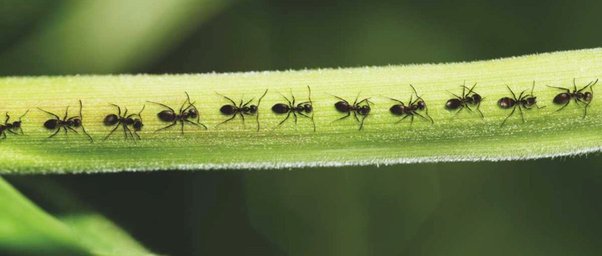2 of such comparison statements are given and the total is also known.


A rectangle or square is presented with a triangle inside the shape.
The 3 corners of the triangle are touching the sides of the rectangle/square.
Such questions require students to use the concept that triangle is half of the area of the rectangle/square that it shares its base and height with.
These questions appear can appear in both Paper 1 and in Paper 2.
For the purposes of this practice,
calculator usage is allowed.
 |
| Triangular and other shaped dices |
What is the area of triangle BDF?

The concept of overlapping shapes requires ratio knowledge, constant difference and knowing that the overlapped area is the same value for both individual shapes.
Such questions usually appear in Paper 2 of P5 and P6 exams.
Calculator usage is allowed.
 |
| Overlapping shadows due to multiple light sources |
P4 and P5 Fractions is a relatively large topic.
One of the type of question requires student to be able to tell the difference between the following fraction problem sum.
| Malcolm has 3/5 kg of sugar. | Malcolm has 3/5 kg of sugar. |
| He gave away 1/2 kg of the sugar. | He gave away 1/2 of the sugar. |
| What is the mass of sugar he has left? | What is the mass of sugar he has left? |
Can you spot the difference between the 2 fraction problem sums above?
Both will produce different answers due to this subtle difference.
Such questions often appear in Section B or P4 Papers or Paper 1 of P5 Papers.
Calculator usage will not be allowed.
A more advanced version of this question can also be found here.
An expert version of this question can be found here.
 |
| Spot the difference arcade game |
 |
| Green bottles due for recycling |
The formula for area and perimeter of shapes such as rectangles or square are taught since P3.
Composite figures made of identical rectangles requires students to be able to see lengths and breadths of each rectangle and how they are related to the composite figure.
Such questions are common for P4 Section C and P5 Paper 1.
No calculator is allowed.
 |
| Facade of house with rectangular windows |
The following question type starts with a known total between 2 parties.
One of the party transfers a fraction of itself to the other.
The ending difference is also known.
Such questions usually appear in P5 and P6 Paper 2 of exams.
Calculator usage is allowed.
 |
| Rock climbing gloves help to prevent abrasions on skin |
Summing up 2 or 3 numbers are taught in since kindergarten and primary 1.
However, in a series of numbers, a method must be used to find the sum of 20 - 50 numbers without manually adding 2 in a working and continuously adding the next one until the end of the series.
This method was taught in some schools though many choose to omit it due to lack of time within the curriculum (aka rainbow method).
 |
| A rainbow can be seen from one end to the other in Singapore City |
The question below poses an impossible fractional split if students try to draw models and split up the apples fractionally.
Such questions require deeper understanding of before and after "Ratio" models and "Internal
Transfer".
As these questions usually appear in P6 Paper 2,
calculator usage is acceptable.
How many magazines do they have altogether?

Fractions is a staple topic of P4, P5 and P6.
Questions like these require students to be able to see fractions along a number line with various deviations between 2 fractions.
Such questions usually appear in Paper 1 of P5 exams and Section B of P4 exams.
Calculator usage for P5 and P6 students is not allowed.
 |
| Ants forming a line as they head back to their nest |
Such questions that deals with a large volume of water requires student to redistribute the water into smaller containers.
Both the dimensions of the larger tanks and smaller containers are given.
But the larger container is not filled to the brim.
Questions like these usually appear in Paper 2 of P5/P6 papers.
Calculator usage is allowed.
How many of such smaller containers can be filled with the water from the large tank?
 |
| Glass filled with water to the brim |